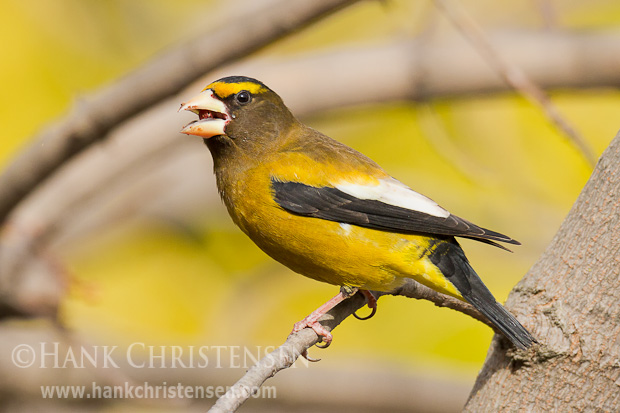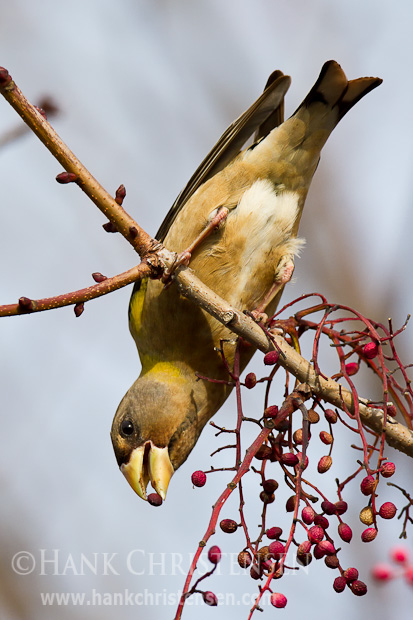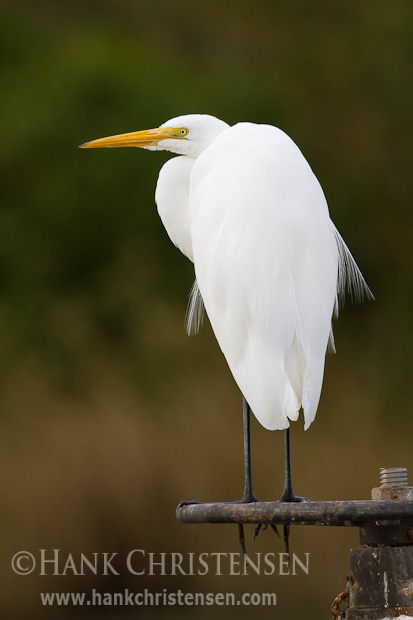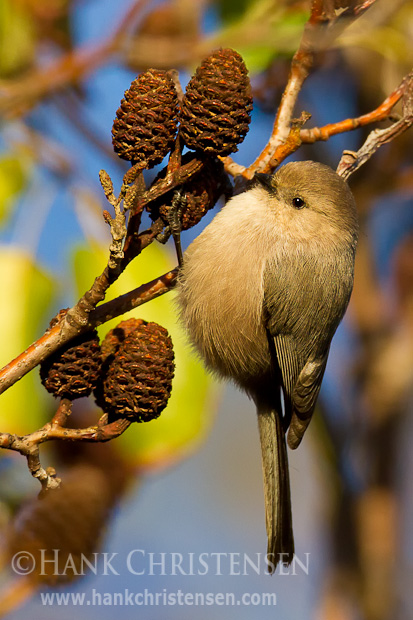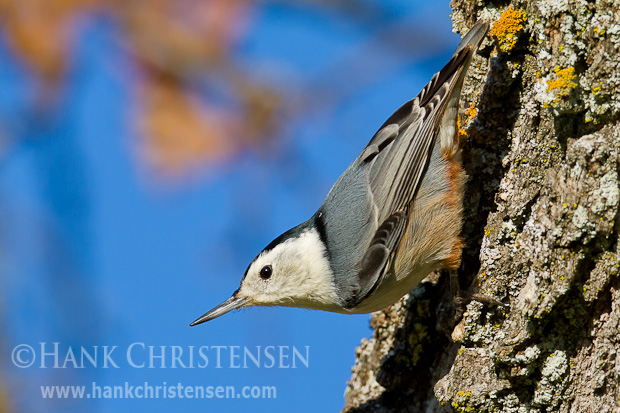
Usually if I’m out photographing birds and I know I’ll be hiking several miles, I take along my smaller 100-400mm zoom lens instead of the gigantic 800mm. The 800 alone weighs 9 pounds, which feels like 50 after a couple of miles. I broke my rule on the day I captured this nuthatch, because I didn’t want to compromise on this day – I was hiking through Arastradero Preserve in Palo Alto, which is a great place to see a wide variety of birds. I’d been there before with my “hiking” lens, but the whole time I kept thinking in my head, “If only I had my big lens!” This time I was giving myself no excuses.
As I set off into the hills, the weight of the lens, camera, and gimbal head weighed heavily on my shoulders. “It will be worth it,” I kept telling myself. I was hoping to see a coyote, as I had on other occasions. Armed with my big lens, I was excited to see what I could capture. No coyotes that day – in fact, even the bird activity seemed rather low. I stopped for a few shots of acorn woodpeckers, flying from tree to tree and squawking at each other.
As I was watching the woodpeckers, a couple of white-breasted nuthatches landed on the tree closest to me and started foraging up and down the tree trunk looking for insects. Unfortunately, they were very fast, practically running up and down the trunk, and disappearing around the back side just as I’d get one in focus. Were they playing games with me? I watched one snatch a spider from within the tree bark, but he was too high in the branches to make a good photo. Finally, my patience paid off. One the nuthatches came around to my side of the tree, perched upside down, and proceeded to call out. A few clicks later and I knew I had it.
So were the tired legs, sweat, and shoulder pain worth the photos that day? I would say yes, even though I got very few keepers from the day. The legs recovered, the sweat dried, and the shoulder pain faded, but my photos will be there forever.

